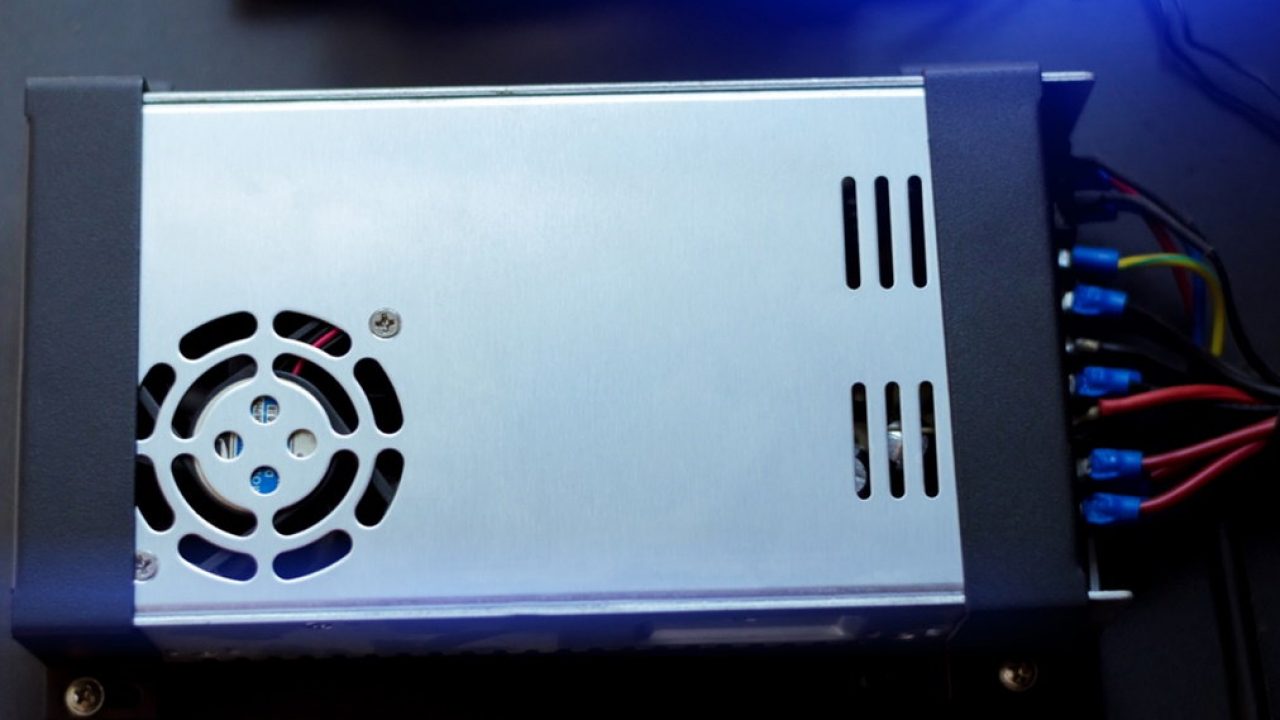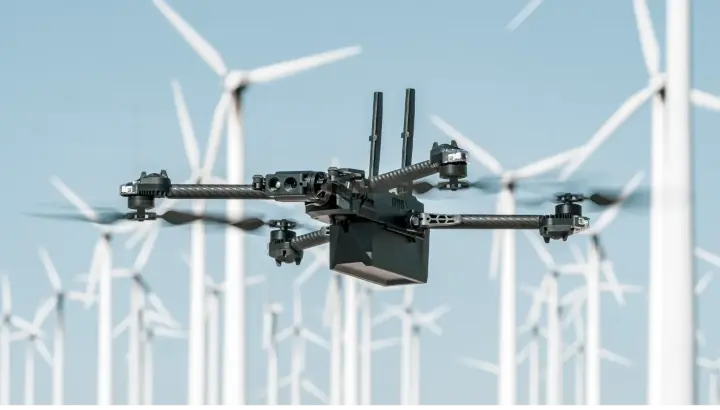You can get almost anything custom-made and personalised these days, whether it’s playing cards, socks, mousepads or even refrigerator wraps. But one type of custom item it’s fair to say few know about is a custom power supply.
These are electrical devices that convert electric current from a source to the right voltage, current, and frequency for the purpose of powering the load. Some power supplies are standalone pieces of equipment, whereas others come part of the devices they power. However, although off-the-shelf power supplies usually do the job, occasionally custom kinds are required instead. As XP Power points out:
“There are many reasons you might need a custom power solution” including limited design resources and stringent safety requirements.
So what exactly are custom power supplies and what are their main pros and cons?
What Are Custom Power Supplies?
Custom power supplies are user-defined, and will have different or additional features to those found on the market. For instance, they might:
- Be larger or smaller than standard power supplies in order to fit different enclosure shapes
- Have unique communication protocols to fit a user’s particular system requirements
- Feature extra management aspects, such as internet connectivity and performance logging
- Come with the same or similar features as a power supply that has been taken off the market.
What are the Pros of Custom Power Supplies?
Greater Usability
Electrical devices are sometimes forced to operate in especially difficult conditions where they’re subject to things like altitude, high temperatures, shock, and vibrations. As such, they need power supplies with extra management features, something that requires a custom approach. These additional features may include programmable protection, diagnostics and fault monitoring, and remote power configuration.
Continued Support
Electrical devices often have longer life cycles than the power supply’s guaranteed support period. This can expose them to obsolescence, something that is much less of a risk with custom power supplies considering the supplier will be the original design authority that possesses the unit’s design files and bill of materials. Consequently, users can carry on getting support for it.
Lower Long-Term Costs
Custom power supplies can work out as more affordable over time than their off-the-shelf counterparts. This is because their customizability enables them to continue working with the original equipment manufacturer’s device. As a result, users won’t need to constantly fork out on new power supplies, reducing long term costs.
What are the Cons of Custom Power Supplies?
Can’t Use Them Straight Away
While it’s possible to buy an off-the-shelf power supply right away, you’re going to have to wait to have a custom one designed and created. How long this all takes depends on the complexity of the design, but it could be anywhere from a few days to a few weeks. So, if you need a power supply quickly, then a custom one may not be their best bet after all.
Reliant On One Vendor for Support
We’ve touched upon the long term benefits of having a custom supply vendor above, but it’s not all good news. Yes, users likely get support for longer, but instead of having the option of different vendors to sort any issues they have, they’ll probably only be able to rely on their original vendor for their custom power supply. This can increase the time it takes to fix issues if they’re unavailable for one reason or another.
More Expensive Up Front
While custom power supplies work out cheaper in the long run, they’re more expensive up front, though the exact cost depends on the type of power supply in question. After all, these power supplies typically come with additional features, not to mention labour costs. Consequently, those with less liquidity may prefer to buy an off-the-shelf power supply, provided they can find one that works for their requirements.
Custom Power Supplies: The Verdict
Whether a custom power supply makes sense for a user depends on their unique circumstances. In some cases, like for electrical devices in particularly harsh conditions, this may be the only option. Otherwise, factors like how quickly they need the power supply and their up-front finances also come into play.



